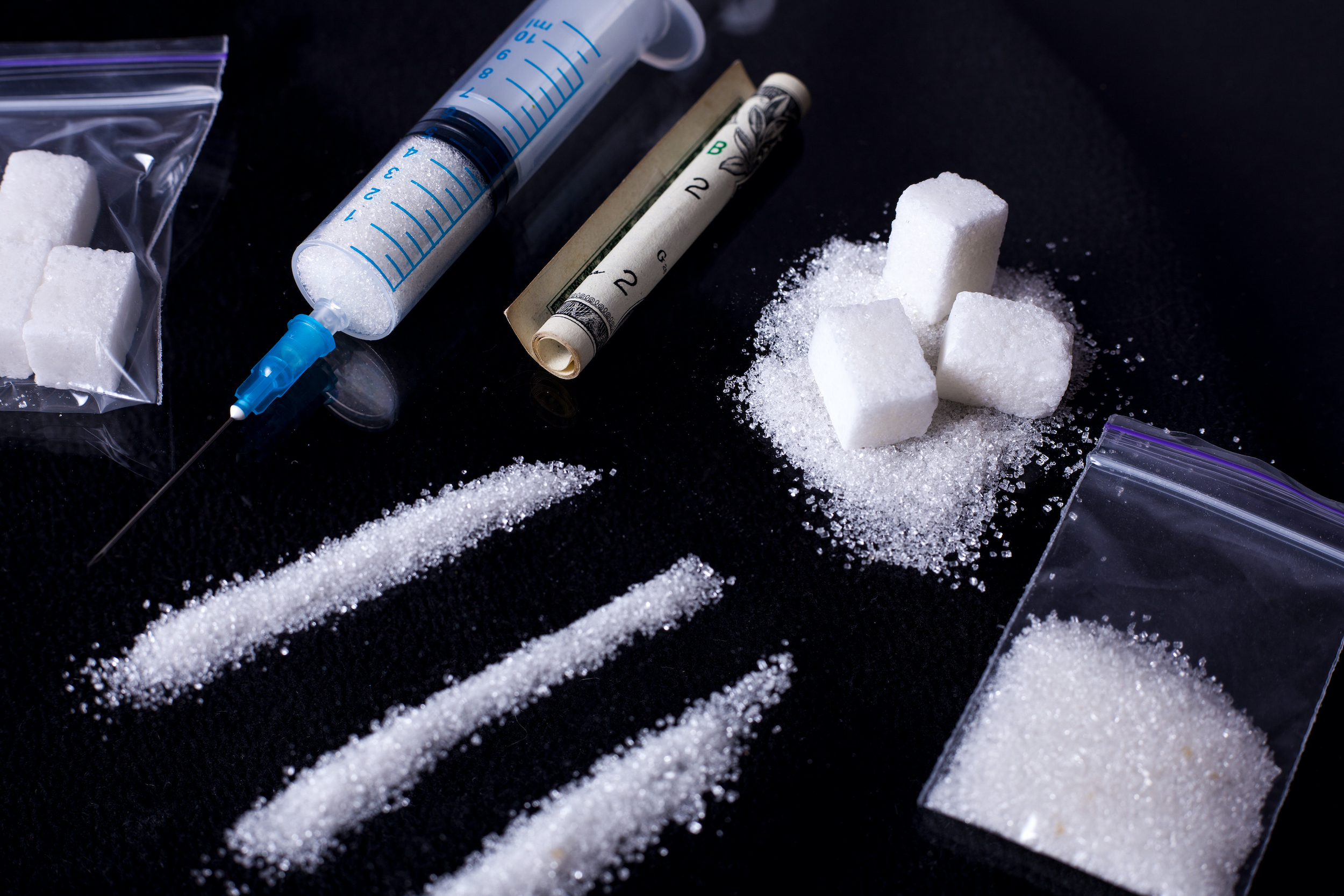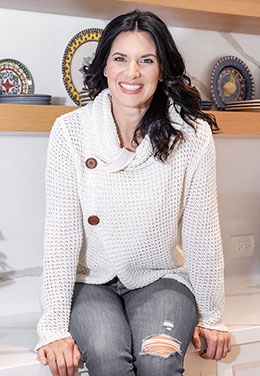Breaking your sugar addiction – and yes, I mean addiction – first requires you to understand that it is an addiction. Otherwise, you could have a bowl of raspberries instead of that afternoon “pick-me-up” doughnut or cupcake. It would also be a lot easier to quit; giving up sugar requires A LOT more than just willpower. You know it’s an addiction when you experience withdrawal symptoms when trying to kick the habit.
Giving up your sugar cravings requires understanding how sugar can become an addiction and how we got to this point. This way, when you create the plan to set yourself free, you’ll know your efforts are not meaningless.
It may be considered a mild addiction compared to other types of addiction. Still, even this addiction centre has included sugar in their list because of the negative long-term consequences to our health.
If willpower were enough, then addictions wouldn’t exist. But they do, and here’s why.

HOW SUGAR CAN BECOME AN ADDICTION:
We know that sugar activates the same brain regions activated when a person consumes drugs like cocaine.
According to neuroscientist Eric Stice Ph.D., heavy sugar users develop tolerance to it. This tolerance requires more and more sugar to feel the same effects (this is a symptom of substance dependence).
Spoiler alert: in the same study, scientists found that processed fats have the same effect – as the kind you get at fast-food restaurants!
So, when we consume highly processed sugar or fats, we get a hit of dopamine, our top feel-good neurotransmitter.
So many of us can relate to relying on food when feeling down. But not just any food; we want cookies, ice cream, or pasta. These all have the ability to offer us comfort; the release of dopamine makes us feel better (for at least a few moments).
Here’s another curveball: some of us have a genetic predisposition to sugar and fat addiction. This addiction can lead to obesity and cardiovascular issues if the habit is acted on consistently and left untreated.
For example, I have the CT variant for the GLUT2 gene, which puts me at elevated risk for sugar cravings.
If I’m not careful about my sugar intake, I will continue to crave more and more. Ultimately, my genetics put me at a higher risk for developing Type II Diabetes. And guess what? That condition runs in my family.
My family and I learned about our nutrition-related genetics, which has helped us navigate our health and wellness much easier. Learn more about options for genetic testing here.
THE PROBLEM: MODERN INDUSTRIAL FOOD PRODUCTION
One of the easiest ways to curb your sugar addiction is to avoid the centre aisles of the grocery store.
Why?
Food that comes from a package will likely be devoid of essential nutrients (and no, fortifying them with synthetic vitamins is not the answer to that problem, but that’s for another blog).
Packaged food is also often processed to a point where you get the sugar rush (and the happy feeling that follows), along with a spike in your blood sugar (cue the low after the high – hello mood swings!).
This routine, over time, can lead to diabetes, cardiovascular disease, and even some cancers.
I recommend checking out the New York Times bestseller Salt, Sugar, Fat: How the Food Giants Hooked Us by Michael Moss. It is an absolute must-read if you want to geek out on the science behind our salt, sugar and fat addiction.
It’s one of my favourite books on processed “food” production companies and their ingredients to target our dopamine receptors.
Moss’s eye-opening and meticulous investigation into the secretive world of the processed food giants shows us that these companies have worked to get North Americans to consume increasingly more salt, sugar, and fat, at the expense of our health. These companies care very little about the evidence of long-term damage to our health; they work to get us addicted in the name of profit.
So, if all you do is avoid the centre aisles of the grocery store, they would lose at their game, and you would win (improved long-term health)!
HEALTHY SUGAR SWAPS:
Once you shopped the perimeter of the grocery store and picked up your natural sugar sources, you successfully avoid the sugar spike that results in the vicious addiction cycle, AND you’ll be invigorated with the nutrients that come from nature’s candy.
Use these healthy sugar swaps from the heart and stroke foundation to curb your sweet tooth with replacements that are better for your body and mind.
Baking or cooking
Instead of sugar
Use applesauce or a no-sugar sweetener like stevia or monk fruit.
Drinks
Instead of soft drinks
Use sparkling water with mint, citrus or cucumber.
Tea and Coffee
Instead of sugar
Sprinkle with mint, citrus, cinnamon or nutmeg.
Dressings and Sauces
Instead of store-bought salad dressing, ketchup, tomato sauce or BBQ sauce
Use a homemade recipe
Snack mix and granola
Instead of store-bought, which often has added sugar and salt
Use the homemade mix of your favourite unsalted nuts and seeds and dried fruit (and skip the candy)
Desserts and sweets
Instead of indulging in traditional desserts and cakes
Use fresh or frozen fruit and get creative. Bake, grill, stew, and poach them for added fun and flavour.
And make sure to tag me on Instagram with your best photos of these healthy swaps.


